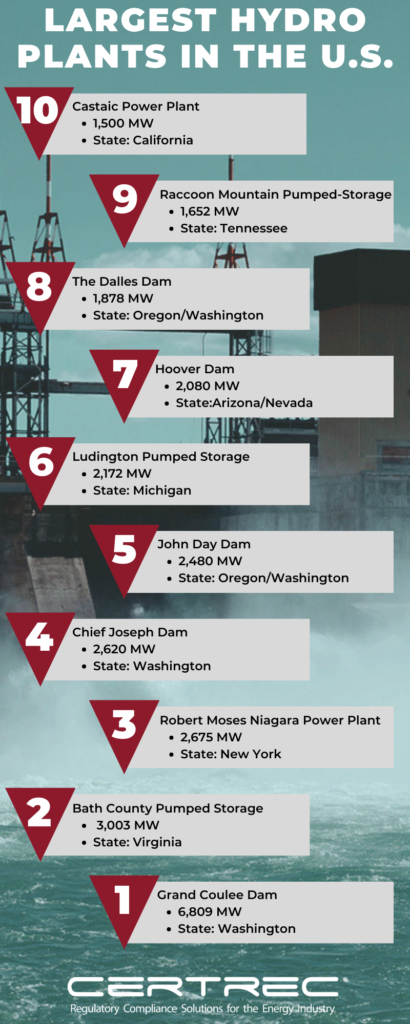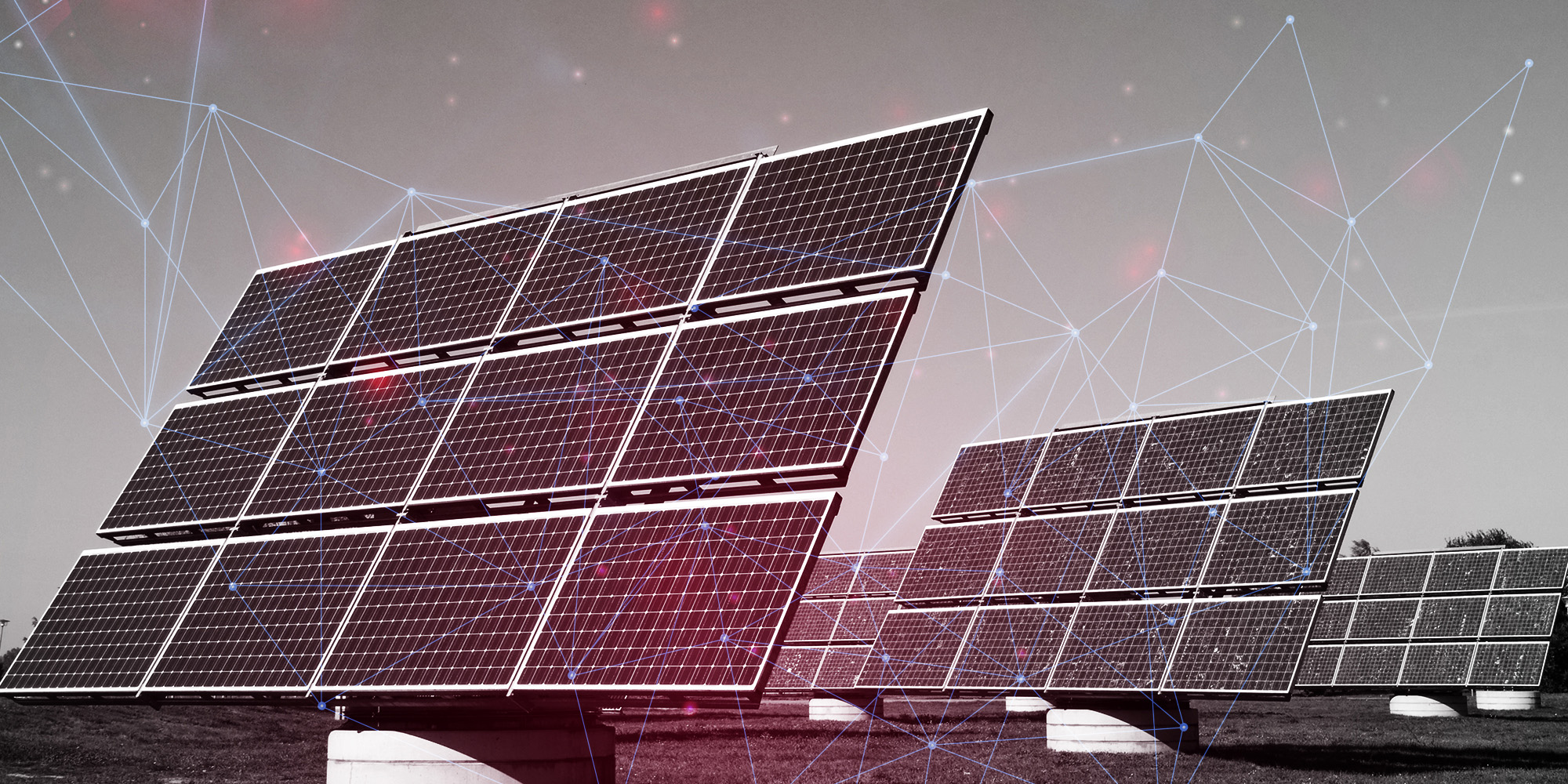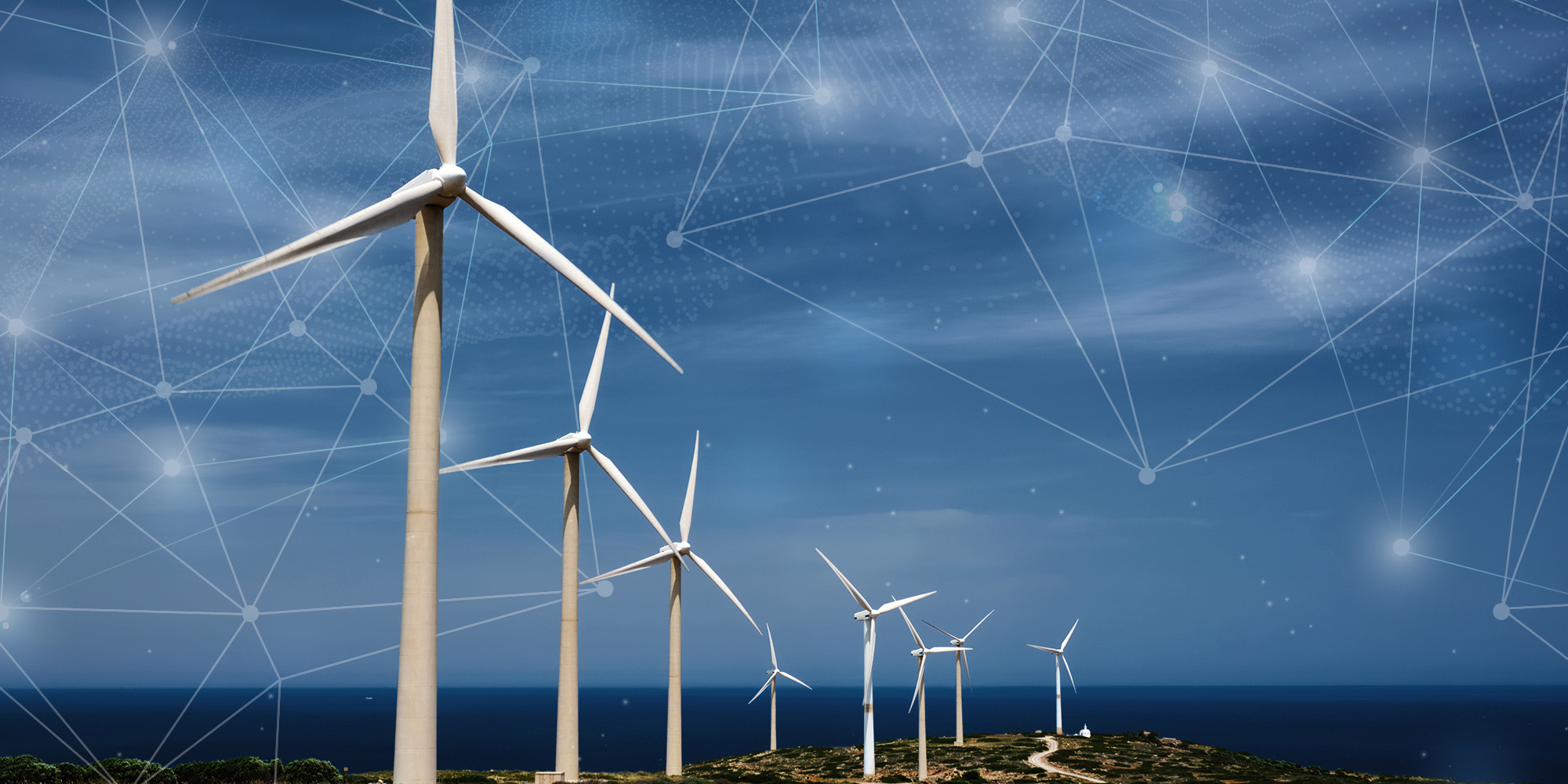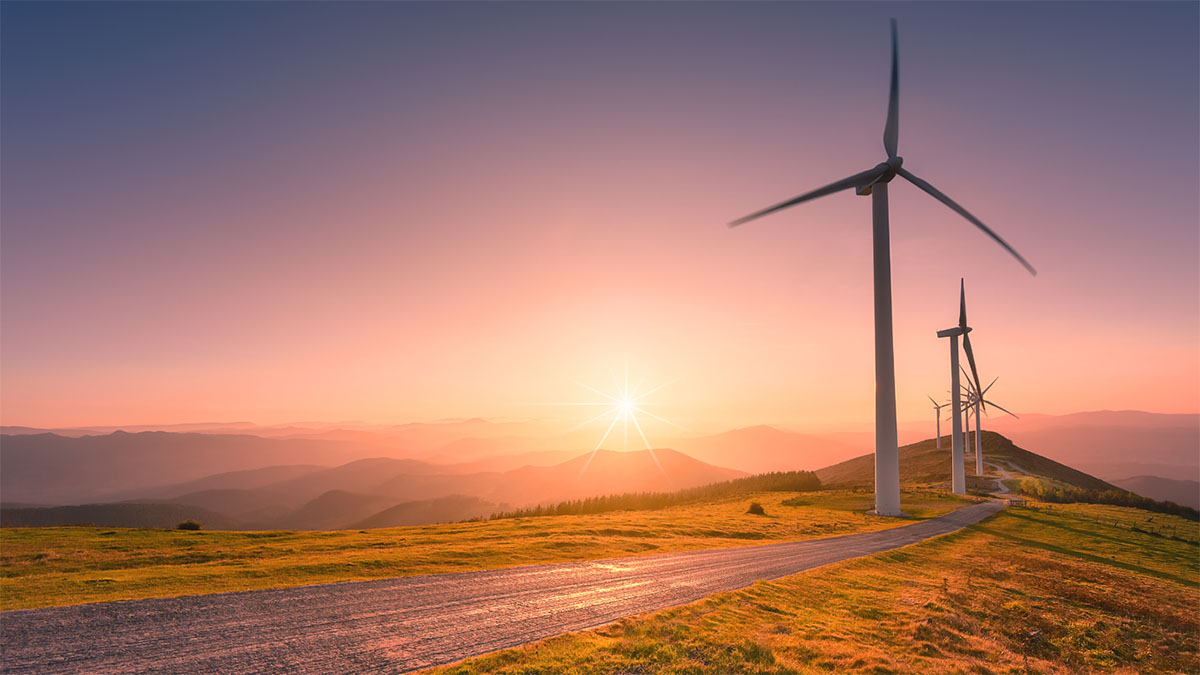Largest Hydro Plants Ranked by Installed Capacity
Hydropower is one of the oldest forms of renewable energy, and it still plays a significant role in the United States’ energy mix today. Here, we will rank the top ten largest hydro plants in the United States by installed capacity.
The Castaic Power Plant is a seven-unit pumped-storage hydroelectric plant located in Los Angeles County, California. It’s operated by the Los Angeles Department of Water and Power and provides peak load power from the falling water on the West Branch of the California State Aqueduct. It’s a cooperative venture between the LADWP and the Department of Water Resources of the State of California. Its upper reservoir creates Pyramid Lake and has a total capacity of 186,000 acres. Its lower reservoir creates Elderberry Forebay and has a 28,400-acre total capacity. The power station’s hydraulic head is 1,060 ft and features 7 turbines and 6 pump-generators. It also has an installed capacity of 1,500 MW and annually generates 880,702,000 kWh.
The Raccoon Mountain Pumped-Storage Plant is a pumped-storage hydroelectric underground power station in Marion County in the state of Tennessee. The facility is owned and operated by the Tennessee Valley Authority (TVA). Water is pumped from the Nickajack Lake on the Tennessee River at the base of Raccoon Mountain to a storage reservoir built on the top of the mountain. The reservoir covers 528 acres with a dam that is 230 feet high and 5,800 feet long.
The plant has a maximum power output of 1,652 MW and can generate for up to 22 hours. The plant is used most days and serves as an important element for peak power generation and grid balancing in the TVA system.
The Dalles Dam is a concrete-gravity run-of-the-river dam spanning the Columbia River. It’s two miles east of the city of The Dalles, Oregon. It’s operated by the U.S. Army Corps of Engineers and marketed by Bonneville Power Administration. It’s 200 feet high and 8,835 feet long. It has a spillway capacity of 2,290,000 cu ft/s and its reservoir has a total capacity of 330,000 acres. The power station features 22 turbines with an installed capacity of 1,878 MW and an annual generation of 6,180 GWh.
Hoover Dam is a concrete arch-gravity dam in the Black Canyon of the Colorado River border between Nevada and Arizona. It is owned by the United States Government and operated by the US Bureau of Reclamation. It’s 726.4 ft high and has a spillway capacity of 400,000 cu ft/s. Its reservoir creates Lake Mead and has a total capacity of 28,537,000 acres. Its Power Station features 19 turbines with an installed capacity of 2,080 MV and an annual generation of 3.3 TWh.
The Ludington Pumped Storage Plant is a hydroelectric plant and reservoir in Ludington, Michigan. It’s operated by Consumers Energy and jointly owned by Consumers Energy and DTE Energy. It consists of a reservoir 110 feet deep, 2.5 miles long, and one mile wide, which holds 27 billion US gallons or 82,859 acre-feet of water. The power plant consists of six reversible turbines that can each generate 312 MW of electricity for a total output of 2,172 MW. The project was given the 1973 award for “Outstanding Civil Engineering Achievement” by the American Society of Civil Engineers.
The John Day Dam is a concrete gravity run-of-the-river dam located in the northwestern United States. It’s operated by the US Army Corps of Engineers and is 184 ft high. Its reservoir creates Lake Umatilla and has a total capacity of 2,530,000 acres. Its power station features 16 turbines with an installed capacity of 2,480 MW and an annual generation of 8,418 GWh.
Topaz Solar Farm is a 550 MW photovoltaic power station in San Luis Obispo County, California. The $2.5 billion project includes 9 million CdTe photovoltaic modules manufactured by U.S. company – First Solar. The plant’s power would be generated during the middle of the day when the demand for electricity is much higher than at night. Pacific Gas and Electric will buy the electricity produced under a 25-year power purchase agreement.
The Robert Moses Niagara Hydroelectric Power Station is a hydroelectric power station in Lewiston, New York, near Niagara Falls. It’s owned and operated by the New York Power Authority. It uses 13 generators at an installed capacity of 2,675 MW. The plant was built to replace power production after the Schoellkopf Power Station collapsed in 1956.
The Bath County Pumped Storage Station is a pumped storage hydroelectric power plant, described as “the largest battery in the world,” It has a maximum generation capacity of 3,003 MW and an average of 2,772 MW with a total storage capacity of 24,000 MWh. It’s located in Bath County, Virginia, and consists of two reservoirs separated by about 1,260 feet in elevation.
Grand Coulee Dam is a concrete gravity dam on the Columbia River in Washington. It was built to produce hydroelectric power and provide irrigation water. Grand Coulee is the largest power station in the United States by nameplate capacity at 6,809 MW. Power from the dam fueled the growing industries of the Northwest United States during World War II. Through a series of upgrades and installation of pump generators, the dam now supplies four power stations supplying water for the irrigation of 671,000 acres.
What is the largest hydroelectric power plant in the United States and where is it located?
Which states use the most hydropower and where are hydroelectric plants mostly located in the U.S.?
Who are the main companies involved in hydroelectric power generation and component supply in the U.S.?
What is the Bath County Pumped Storage Station, and what is its generation capacity?
What is a hydroelectric dam and how does it generate electricity?
Share
Largest Hydro Plants Ranked by Installed Capacity
Hydropower is one of the oldest forms of renewable energy, and it still plays a significant role in the United States’ energy mix today. Here, we will rank the top ten largest hydro plants in the United States by installed capacity.
The Castaic Power Plant is a seven-unit pumped-storage hydroelectric plant located in Los Angeles County, California. It’s operated by the Los Angeles Department of Water and Power and provides peak load power from the falling water on the West Branch of the California State Aqueduct. It’s a cooperative venture between the LADWP and the Department of Water Resources of the State of California. Its upper reservoir creates Pyramid Lake and has a total capacity of 186,000 acres. Its lower reservoir creates Elderberry Forebay and has a 28,400-acre total capacity. The power station’s hydraulic head is 1,060 ft and features 7 turbines and 6 pump-generators. It also has an installed capacity of 1,500 MW and annually generates 880,702,000 kWh.
9. Racoon Mountain Pumped-Storage Plant
The Raccoon Mountain Pumped-Storage Plant is a pumped-storage hydroelectric underground power station in Marion County in the state of Tennessee. The facility is owned and operated by the Tennessee Valley Authority (TVA). Water is pumped from the Nickajack Lake on the Tennessee River at the base of Raccoon Mountain to a storage reservoir built on the top of the mountain. The reservoir covers 528 acres with a dam that is 230 feet high and 5,800 feet long.
The plant has a maximum power output of 1,652 MW and can generate for up to 22 hours. The plant is used most days and serves as an important element for peak power generation and grid balancing in the TVA system.
The Dalles Dam is a concrete-gravity run-of-the-river dam spanning the Columbia River. It’s two miles east of the city of The Dalles, Oregon. It’s operated by the U.S. Army Corps of Engineers and marketed by Bonneville Power Administration. It’s 200 feet high and 8,835 feet long. It has a spillway capacity of 2,290,000 cu ft/s and its reservoir has a total capacity of 330,000 acres. The power station features 22 turbines with an installed capacity of 1,878 MW and an annual generation of 6,180 GWh.
Hoover Dam is a concrete arch-gravity dam in the Black Canyon of the Colorado River border between Nevada and Arizona. It is owned by the United States Government and operated by the US Bureau of Reclamation. It’s 726.4 ft high and has a spillway capacity of 400,000 cu ft/s. Its reservoir creates Lake Mead and has a total capacity of 28,537,000 acres. Its Power Station features 19 turbines with an installed capacity of 2,080 MV and an annual generation of 3.3 TWh.
6. Ludington Pumped-Storage Power
The Ludington Pumped Storage Plant is a hydroelectric plant and reservoir in Ludington, Michigan. It’s operated by Consumers Energy and jointly owned by Consumers Energy and DTE Energy. It consists of a reservoir 110 feet deep, 2.5 miles long, and one mile wide, which holds 27 billion US gallons or 82,859 acre-feet of water. The power plant consists of six reversible turbines that can each generate 312 MW of electricity for a total output of 2,172 MW. The project was given the 1973 award for “Outstanding Civil Engineering Achievement” by the American Society of Civil Engineers.
The John Day Dam is a concrete gravity run-of-the-river dam located in the northwestern United States. It’s operated by the US Army Corps of Engineers and is 184 ft high. Its reservoir creates Lake Umatilla and has a total capacity of 2,530,000 acres. Its power station features 16 turbines with an installed capacity of 2,480 MW and an annual generation of 8,418 GWh.
Chief Joseph Dam is a concrete gravity dam on the Columbia River in Washington. It is operated by the US Army Corps of Engineers and marketed by the Bonneville Power Administration. Its Dam is 236 ft tall and its spillway capacity is 6,030 m^3/s. The reservoir creates Rufus Woods Lake and features a total capacity of 516,000 acres. It features 27 Francis turbines and has an installed capacity of 2,620 MV with an annual generation of 9,780 GWh.
3. Robert Moses Niagara Power Plant
The Robert Moses Niagara Hydroelectric Power Station is a hydroelectric power station in Lewiston, New York, near Niagara Falls. It’s owned and operated by the New York Power Authority. It uses 13 generators at an installed capacity of 2,675 MW. The plant was built to replace power production after the Schoellkopf Power Station collapsed in 1956.
2. Bath County Pumped-Storage Station
The Bath County Pumped Storage Station is a pumped storage hydroelectric power plant, described as “the largest battery in the world,” It has a maximum generation capacity of 3,003 MW and an average of 2,772 MW with a total storage capacity of 24,000 MWh. It’s located in Bath County, Virginia, and consists of two reservoirs separated by about 1,260 feet in elevation.
Grand Coulee Dam is a concrete gravity dam on the Columbia River in Washington. It was built to produce hydroelectric power and provide irrigation water. Grand Coulee is the largest power station in the United States by nameplate capacity at 6,809 MW. Power from the dam fueled the growing industries of the Northwest United States during World War II. Through a series of upgrades and installation of pump generators, the dam now supplies four power stations supplying water for the irrigation of 671,000 acres.









